Rosé
Making sense of the rosé category is difficult because there are few hard rules for the category. The Alcohol Tobacco Tax and Trade Bureau does not have any definition, and according to the European Union, rosé is: Wine made with red grapes, that has skin contact to produce a rosé color, but not enough skin contact to make it a red wine.
Rosé does have legal definitions as dictated by Protected Designation of Origin like those of Appellation d'origine contrôlée (AOC), Denominación de origen (DO), Denominazione di origine controllata (DOC).
Rosé does have legal definitions as dictated by Protected Designation of Origin like those of Appellation d'origine contrôlée (AOC), Denominación de origen (DO), Denominazione di origine controllata (DOC).
-
Types of Grapes
-
Production Methods
-
Cost
<
>
Granache is a common grape regardless of country of origin. Other common grapes include Pinot Noir, Syrah, Merlot, Pinot Grigio, Tempranillo and Cabernet Sauvignon. However beyond terroir, most of what makes rose unique is the different varietals that make them. This includes native grape varietals like Sciaccarellu, a grape found in rosé from Corsica.
Vin Gris/ Direct Pressing
Gris = Grey. The vin gris method involves pressing of red grapes without any maceration time. This results in a light pink juice and produces wine that is lighter in color than that produced via the maceration method or the Saignée method.
Gris de gris is a sub-style of vin gris made with grapes with names that end in gris. For example: Cinsaut Gris, Grenache Gris, and Mourvèdre Gris ( Monastrell )
Maceration Method/ The Saignée Method
The maceration method is when red grapes are macerated with their skins until the desired color is reached. The rule of thumb is that the more time the juice spends on the skins, the darker, more full-bodied, and structured it will be. Time is color. The maceration time lasts for a few hours to no more than a few days. Afterwards the winemaker can either ferment 100% of the grape juice without the skin, or ‘bleed off’ (origin of the term Saignée) approximately 10% of the grape juice which is then made into a rosé wine. The remaining juice, that is not bled off, continues its journey to becoming a red wine that is more concentrated and intense because a portion of the juice was removed and allowed for greater skin contact.
The Maceration Method and the Saignée Method are sometimes mentioned as separate processes, however they do not differ in process but rather in the percentage of juice that gets turned into rosé.
Blending Method
Red wine and white wine (post fermentation) is blended together. This is typically only used in Champagne.
Decolorization
This method uses activated carbon filtration of red wine. This is less than ideal as it strips the wine of flavor as well.
Fermentation Temperatures
Fermentation Temperatures range from 60–68°F (16–20°C).
Aging
Rosé’s are typically un-aged, but there are exceptions like in Spain's Rioja DO.
Cost
Due to the lack of aging both in barrel and in bottle, rosé can cost less than a red wine made from identical grapes.
Due to the lack of aging both in barrel and in bottle, rosé can cost less than a red wine made from identical grapes.
Styles of Rosé
Rosé vs Blush Wine
All rosé is blush wine but not all bush wine is rosé. This is because blush wine allows for blending of white and red wine whereas rosé may not be blended. The general exception is rosé Champagne.
Rosé in the "New World"
Rosé from the "New World" has no defining style, which may be the defining style. There is rosé made just a single varietal and multiple varietals using different methods.
"Old World" Rosé
The "Old World" is where specific regions and styles of Rosé are found.
-
Provence
-
Southern Rhone Valley
-
Loire Valley, Anjou Region
-
Champagne
-
Corsica/ Vin de Pays de l'Ile de Beauté
-
Languedoc
<
>
Notable AOC |
Grapes |
Notes |
Coteaux d'Aix-en-Provence, Coteaux Varois |
Grenache, Cinsault, Carignan, Syrah, Mourvèdre, Tibouren |
Value |
Côtes de Provence |
Primairy: Mourvèdre and Grenache Secndary: Cinsault, Carignan, Syrah |
"Rosés are delicate, herbal and very pale pink. These wines are often described as having notes of ‘garrigue’, a French expression for the aromatic Herbes de Provence that grow on the hills of the Mediterranean coast." - Jenni Two main techniques: Skin maceration and Direct Press. |
Bandol |
Primairy: Mourvèdre and Grenache Secndary: Cinsault, Carignan, Syrah |
Rose accounts for approximatly 1/3 of all wine produced in the AOC |
Notable AOC |
Grapes |
Notes |
Cotes Du Rhone, Gigondas |
Primary grape: Grenache Other grapes: Cinsault, Bourboulenc, Clairette (Blanche and Rose), Mourvèdre, Picpoul (Blanc, Noir and Gris) and Syrah |
|
Tavel AOC |
Permitted Varieties: Primarily Grenache (Blanc, Noir and Gris); Accessory varieties include Bourboulenc, Calitor Noir, Carignan, Cinsault, Clairette (Blanche and Rose), Mourvèdre, Picpoul (Blanc, Noir and Gris), Syrah |
Tavel has historically been known to produce rose. In the Tavel AOC, grapes of predominantly Grenache and Cinsault are specifically grown for rose. From a production methodology, Tavel Rose uss longer skin contact than other Rose’s. |
Notable AOC |
Grapes |
Notes |
Rosé de Loire |
Cabernet Franc, Cabernet Sauvignon, Grolleau (Noir and Gris), Pineau d’Aunis, Gamay, Pinot Noir |
Dry in style with very little sweetness. |
Rosé d' Anjou |
Grolleau, Cabernet Franc, Cabernet Sauvignon, Pineau d’Aunis, Gamay, Côt (Malbec) |
Over half the production of wine in the Anjou Region is Rose |
Cabernet d’Anjou AOP |
Primairy Cabernet Franc and Cabernet Sauvignon |
Off-dry to sweet, rosés are smooth and rounded with a vibrant tang to refresh the finish |
Other Regions: Reuilly |
|
Value |
Notable AOC |
Grapes |
Notes |
Champagne |
Chardonnay, Pinot Meunier or Pinot Noir |
Rosé d’assemblage or blended Champagne Winemakers add up to 15% of still red Champagne wine, either Pinot Meunier or Pinot Noir, to the otherwise white wine. Rosé de saignée or macerated Champagne. This is identical to the maceration method, in which there is limited skin contact of red grapes. |
Notable AOC |
Grapes |
Notes |
Corse Calvi, Corse Figari |
Primairy: Nielluccio Accessory: Grenache, Sciacarello and Vermentino |
|
Patrimonio |
Primairy: Nielluccio |
Notable AOC |
Grapes |
Notes |
Coteaux Du Languedoc, Corbieres Boutenac, Pic Saint Loup, Sable De Camargue |
Grenache, Cinsault, Syrah, Mourvèdre |
Produces more Rose than white wine. Rose tends to be dry and full-bodied |
Pays D'Oc |
Primairy: Grenache, Cinsault, Syrah with 58 different grapes are allowed in the IGP |
Value |
-
Cigales
-
Jumila
-
Navarra
-
Rioja
<
>
Notable DO |
Grapes |
Notes |
Cigales |
Main Red: Tempranillo, Garnacha, Cabernet Sauvignon, Syrah, Merlot Main White: Verdejo, Albillo, Sauignon Blanc |
Aroma: Characterized by fresh ripe fruit and floral aromas. Taste: The palate is well-structured, with a rounded body and ripe fruit. The retronasal aroma is long and fruity. Produced from white varieties and authorized red varieties with a minimum of 50% main varieties |
Notable DO |
Grapes |
Notes |
Jumila DO |
Main Grape: Monastrell |
Use method known as the doble pasta (meaning "double paste"), which takes the skins from the early pressed rosé wine and adds them to the red wine (similar to the Italian ripasso method). They have pink, raspberry and cherry tonalities in purple shade and fruity and elegant aromas. |
Notable DO |
Grapes |
Notes |
Navarra |
Tempranillo, Cabernet Sauvignon and Merlot |
Characteristics: saignée method is typical, rosado from old-vine Grenache is considered the highest expression for the region. Half the region is dedicated to rose |
Notable DO |
Grapes |
Notes |
Rioja |
Primary: Tempranillo and Grenache |
Characteristics: Herbaious and meaty notes. Rioja rosado has the following oak barrel aging rules: joven (no aging requirement), crianza (six months in barrel); and reserva (two years with at least six months in barrel), Gran Reserva, (5 years with at least 6 months in barrels). |
Notes:
- Italian rosé can be looked at in two ways: 1) By style 2) By DOC production region. Oftentimes these coincide.
- Tuscany produces rosé from a multitude of grapes in a multitude of ways. This includes those of international varieties like Cabernet Sauvignon. Techniques also vary from salasso to direct press.
-
Cerasuolo
-
Chiaretto
-
Occhio di Pernice
-
Ramato
-
Tuscany
<
>
Notable AOC |
Grapes |
Notes |
Montepulciano |
Made in the Cerasuolo d’Abruzzo DOC. The region deriving its name from the deep cherry (cerasa) color of its Montepulciano-based Rosés appears virtually cranberry-red in the glass and, like other darker styles of Rosé, can be round and full on the palate with pronounced flavors of cherries and vanilla. - Jenni |
|
Cerasuolo di Vittoria Wine |
Made from 50-70% Nero d’Avola (Calabrese) and 30-50% Frappato grapes |
Produced in Sicily. Has DOCG Status. |
Value |
||
Bardolino Chiaretto aka Bardolino Chiaretto |
Produced from Italian indigenous varieties Corvina, Rondinella and Molinara. |
|
Notable AOC |
Grapes |
Notes |
Traditionally produced in the Chianti DOC region, these wines are produced throughout Tuscany including the Carmignano DOC (the Carmignano DOCG is used for red wines only), Montecarlo DOC, Cortona DOC, Bolgheri and Elba DOCs. |
Primary Grapes: Red Sangiovese |
Well known but not typically drunk outside of Tuscany. Sweet roasto version of Vin Santo |
Notable AOC |
Grapes |
Notes |
Friuli, Venetto |
Primary Grape: Pinot Grigio grapes with extended skin contact. |
Characteristics: Baking spice, dried fruit, tropical fruit and herbal aromas. |
Notable AOC |
Grapes |
Notes |
Rose is made from French varietals. |
Value |
-
Burgenland
-
Niederosterreich
-
STEIERMARK (STYRIA)
<
>
Notable DAC |
Grapes |
Notes |
No notable DAC within region |
Main Grapes: Zweigelt, St. Laurent |
Characteristics: Vibrant acidity with notes of Red fruit and Strawberry, with spice on the finish |
Notable DAC |
Grapes |
Notes |
Weststeirmark DAC Only Schilcher from the Weststeiermark may be marketed with an indication of specific DAC origin |
Main Grapes: Grape: Blauer Wildbacher grape (indigenous) |
Characteristics: Red berry notes (from strawberry to raspberry) and refreshing, invigorating acidity. |
Notes:
• Most German rosé wine available in the United States is dry with a base of Pinot Noir (Spätburgunder).
• Rosé Sekt is a sparkeling rosé made with Pinot Noir (Spätburgunder).
• Most German rosé wine available in the United States is dry with a base of Pinot Noir (Spätburgunder).
• Rosé Sekt is a sparkeling rosé made with Pinot Noir (Spätburgunder).
-
Weißherbst/Weissherbst
-
Badisch Rotgold
-
Rotling: Schieler/Schillerwein
<
>
Notable DO |
Grapes |
Notes |
No notable DO |
Any singular grape varietal is allowed |
A type of German wine made from a single variety of grape with that particular variety needing to be denoted on the wine label |
Notable DO |
Grapes |
Notes |
Schieler: Rotling from the Sachsen wine region |
No special grape varieties are required for its production. |
The name ‘Schilcher’ or Schillerwein comes from its dazzling (schillernd) display of colors, which can range from light pink to onion-skin. |
Schillerwein: Rotling from the Württemberg wine region |
No special grape varieties are required for its production. |
Rotling is a still or sparkling wine made from pressing multiple varieties of red and/or white grapes together. For a rotling under E.U. law to be a rose, it must be of only red grape varieties.


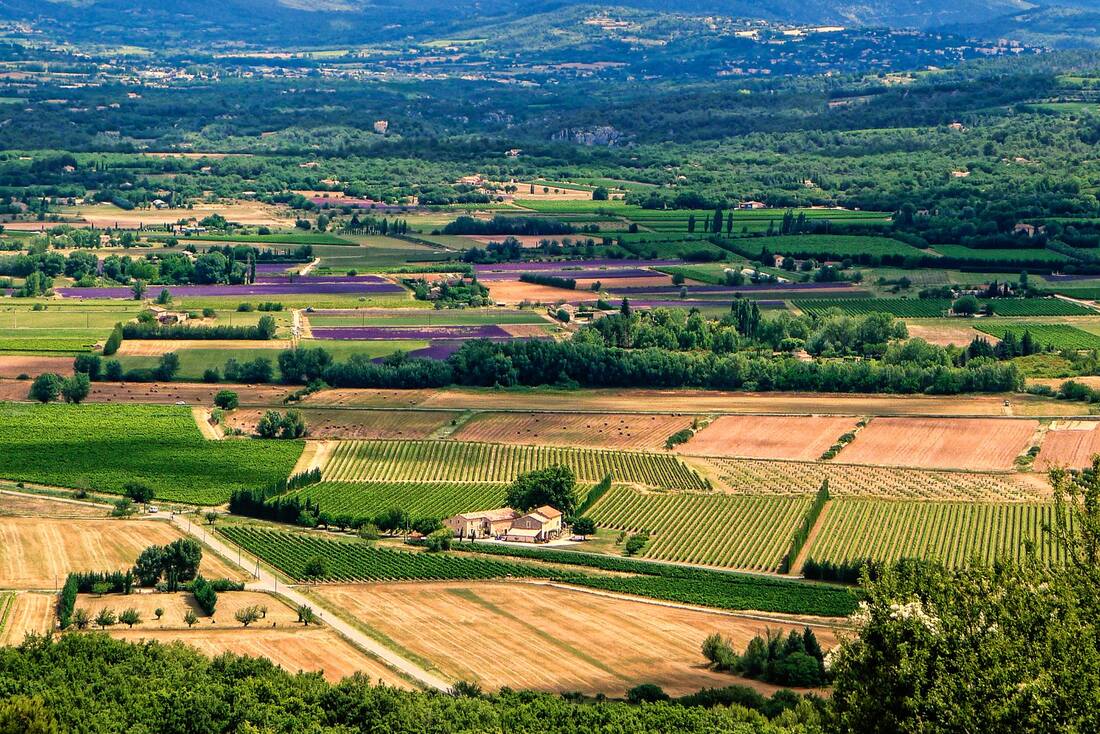




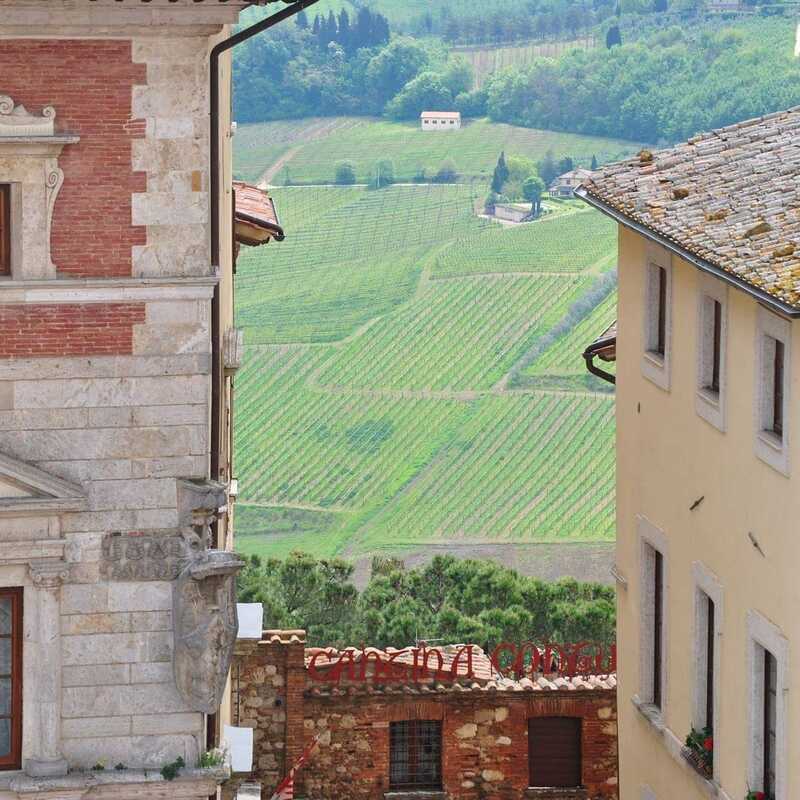
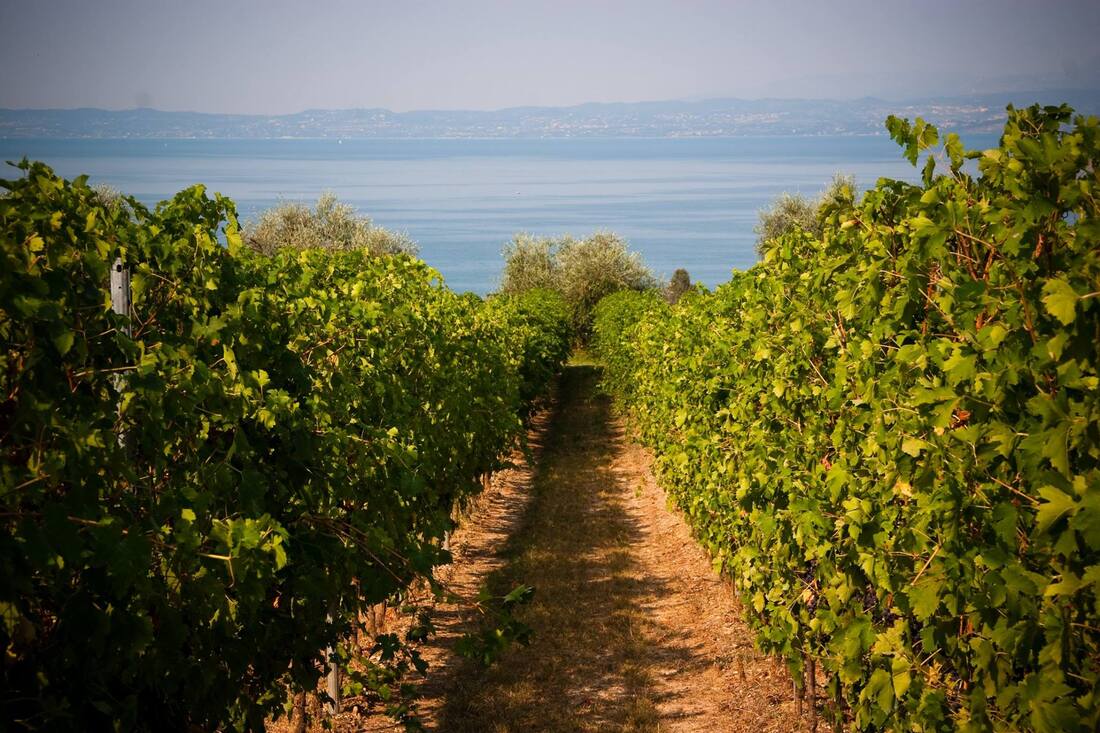

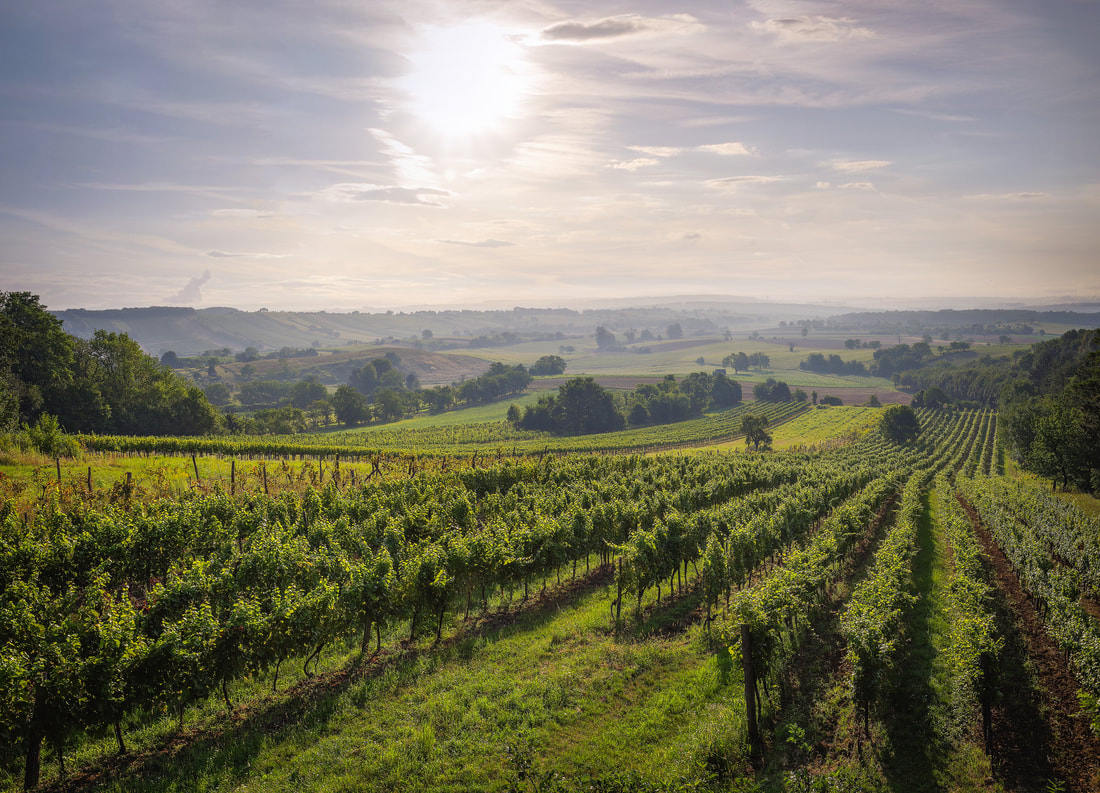
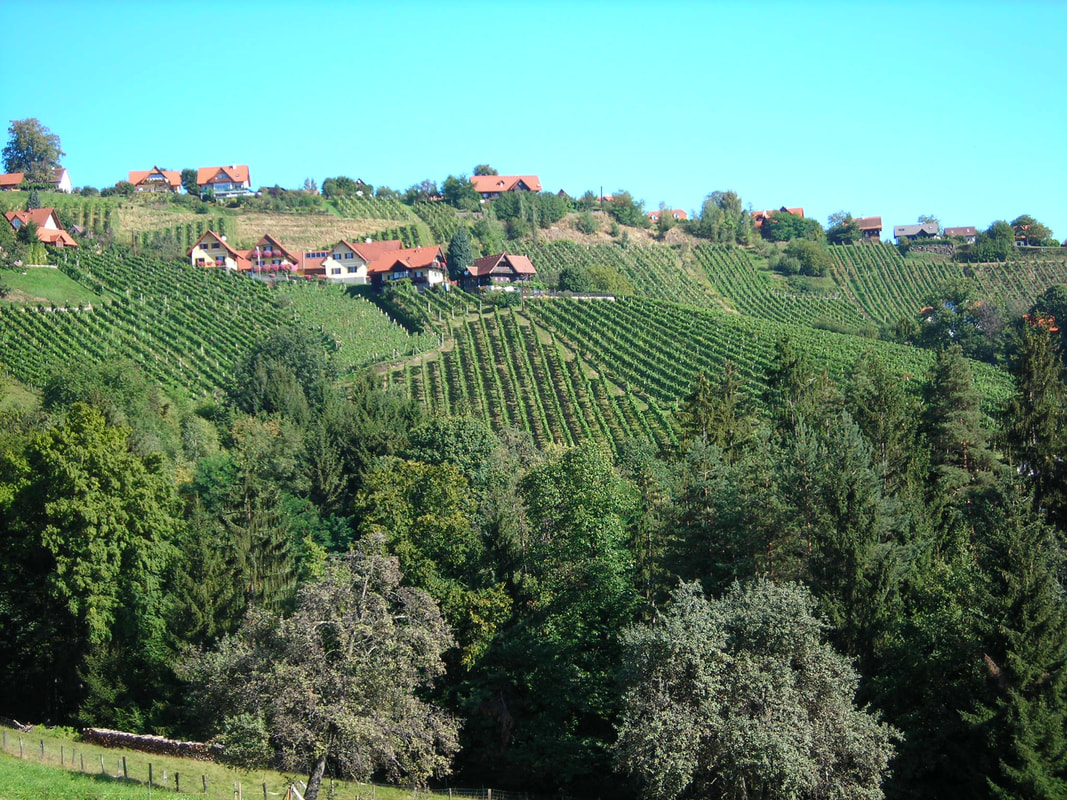
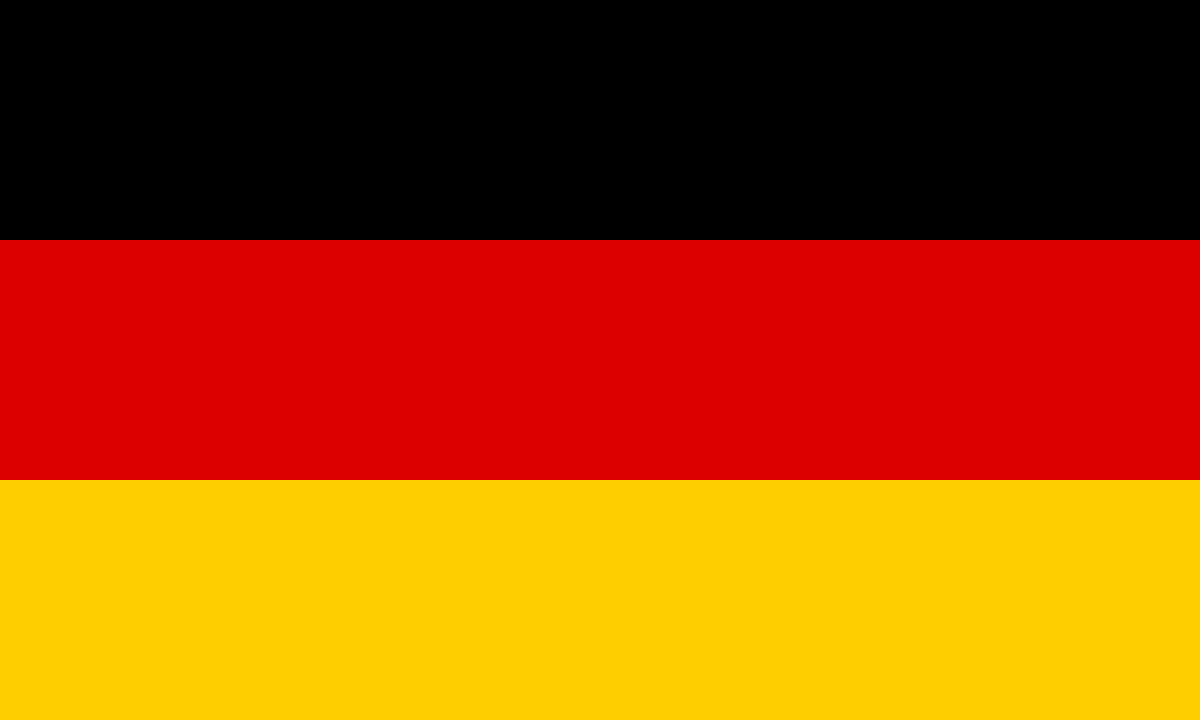
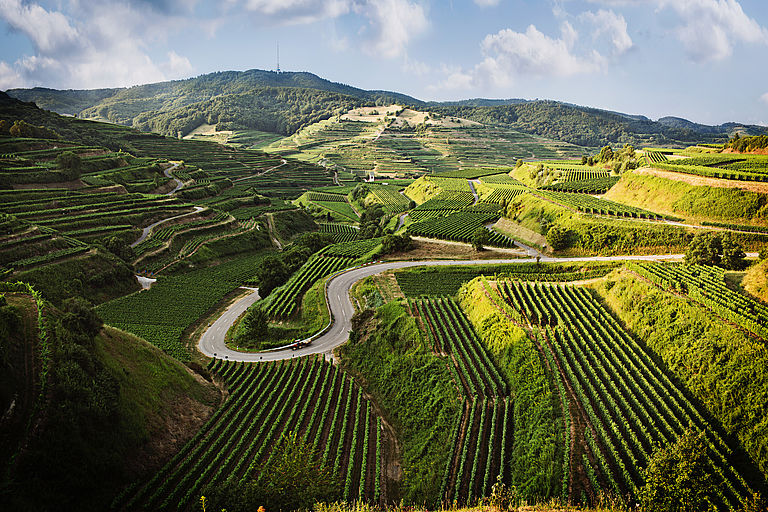
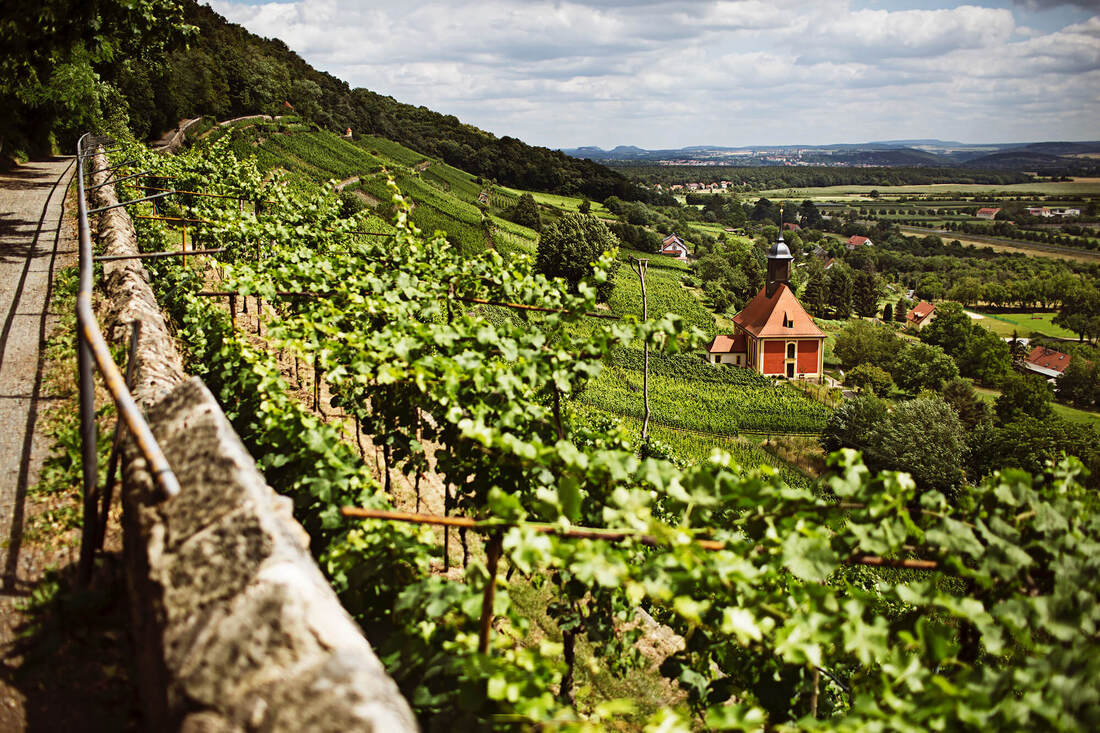
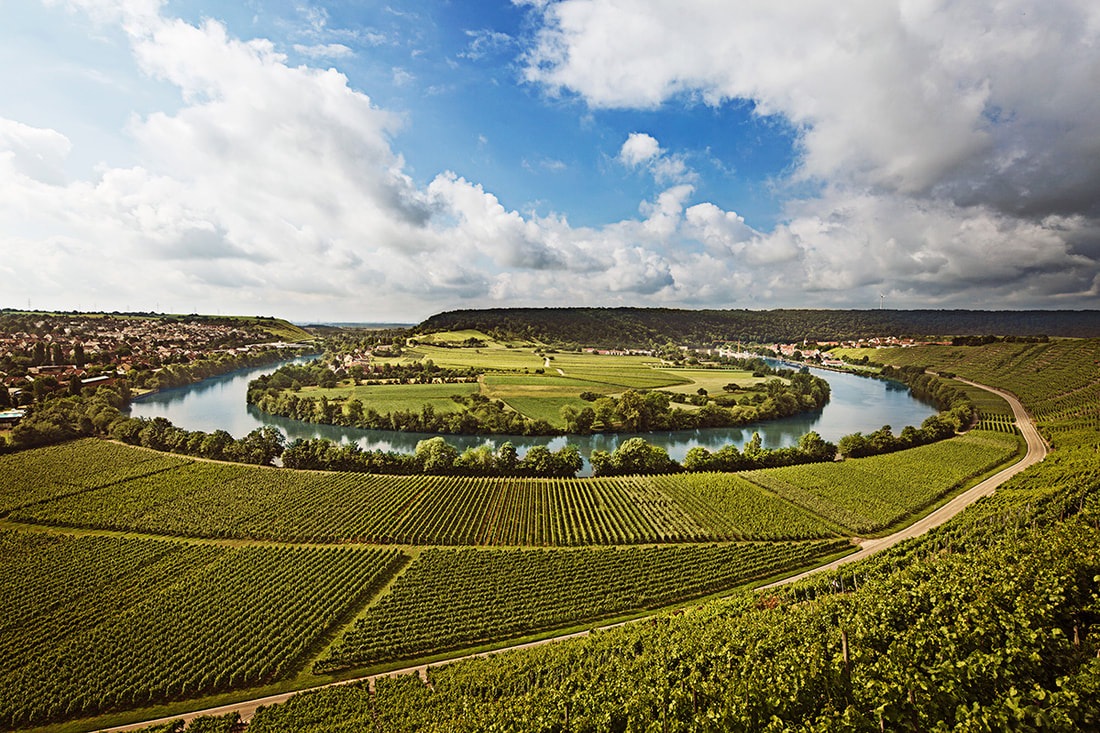
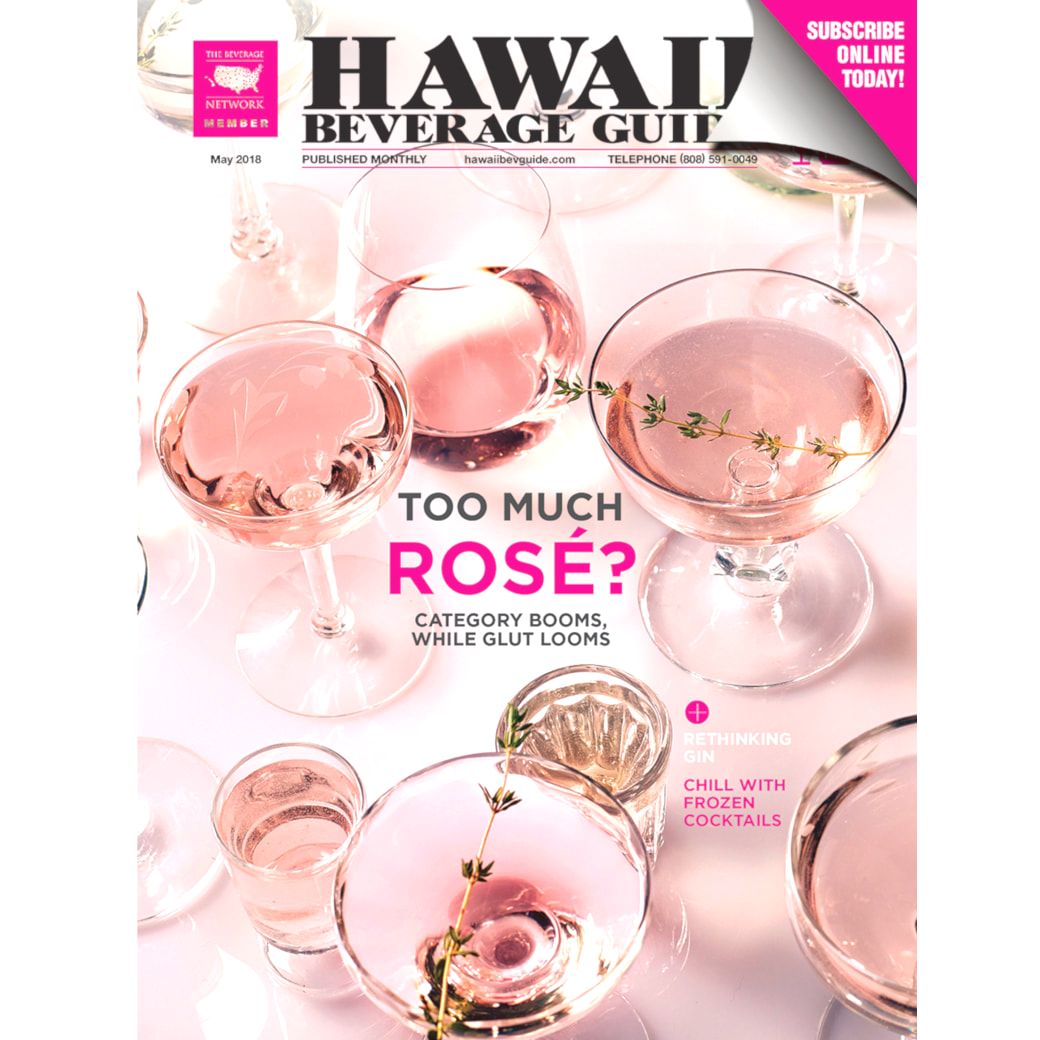
 RSS Feed
RSS Feed